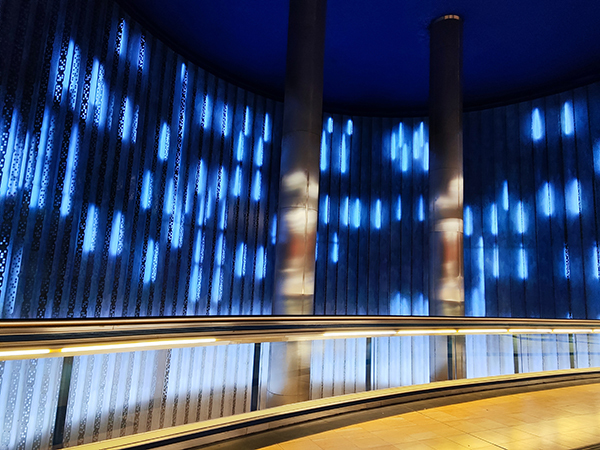Chamartín Metro Station in Madrid (Spain) #2
$ 30,00
Description
Location: Madrid, Spain
Taken on: September 11, 2023
Format: JPEG
File size: 7.3 MB
Dimensions: 4096 x 3072 pixels
DPI: 300
Photographer: Andrey Kashukov, Cyprus
Photo can be used in posters, brochures, magazines, websites, blogs, business cards, applications, social media branding, packaging, postcards, notebooks, invitation backgrounds, flyers, banners, badges, stickers, collages, booklets, illustrations, etc.
Photo can be used in applications: Adobe Photoshop, Adobe Photoshop Lightroom, Adobe Photoshop Elements, Adobe InDesign, Adobe Illustrator, Adobe XD, Adobe Express, Adobe After Effects, GIMP, Photopea, Krita, Pixlr E, Pixlr X, Paint.NET, Affinity Photo, Corel PaintShop Pro, CorelDRAW Graphics Suite, Capture One Pro, Luminar Neo, Pixelmator Pro, ACDSee Photo Studio Ultimate, Affinity Designer, Procreate, Sketch, etc.
Futuristic Blues of the Madrid Metro
Capture the stunning, futuristic soul of Madrid’s public transport with this high-resolution digital photograph, taken on September 11, 2023. Featuring a mesmerizing cascade of blue lights against sleek, metallic architecture, this image is perfect for modern design projects, travel content, or as a unique piece of digital art.
Immerse yourself in the subterranean beauty of Madrid with this captivating digital photograph. Taken within the city’s world-renowned metro system, this image captures a moment of dynamic tranquility and stunning architectural design. It’s a perspective that transforms a daily commute into a journey through a futuristic landscape.
The Scene
Shot on September 11, 2023, this photo showcases one of the architecturally celebrated modern stations in Madrid. The composition is dominated by a grand, curved wall made of textured, perforated panels. A brilliant cascade of blue lights emanates from behind these panels, creating an effect reminiscent of digital rain or light flowing like water. Two massive, reflective pillars stand as silent sentinels, their polished surfaces catching and distorting the ambient light, adding a layer of depth and abstract beauty.
Light and Contrast
The visual power of this image lies in its dramatic use of color and light. The cool, electric blue of the installation provides a stark, beautiful contrast to the warm, golden light illuminating the handrail of a moving walkway in the foreground. This warm element creates an inviting path for the eye, leading the viewer directly into the cool, futuristic scene. The interplay of light, shadow, and reflection evokes a powerful sense of movement, technology, and urban elegance.
Potential Uses:
This high-resolution digital image is a versatile asset ideal for a multitude of creative and commercial projects:
- Website Design: A perfect hero image or background for tech companies, architectural firms, or modern travel blogs.
- Digital Art: A striking piece to display on smart TVs, digital photo frames, or as a computer wallpaper.
- Content Creation: An eye-catching visual for social media posts, articles about Spain, or presentations on contemporary design and urban infrastructure.
- Inspirational Mood Boards: A source of inspiration for designers, artists, and architects focused on light, form, and modern materials.
The Madrid Metro, known as “Metro de Madrid” in Spanish, is a comprehensive and highly efficient rapid transit system serving the city of Madrid, Spain. It is widely regarded as one of the best metro systems in Europe, praised for its reliability, safety, cleanliness, and affordability.
Network Size and Structure:
- Extensive Network: The Madrid Metro is the 14th longest rapid transit system in the world, with a total length of approximately 296.6 km (184.3 mi) and over 300 stations.
- Lines: It comprises 12 conventional metro lines (numbered 1 to 12), a branch line (R) connecting Ópera and Príncipe Pío, and three light rail lines (Metro Ligero ML1, ML2, and ML3) that extend into peripheral areas.
- Color-Coded: Each line is designated by a specific number and color, making navigation intuitive.
- Zones: The system is organized into several fare zones (A, B1, B2, B3) to manage ticket pricing. Zone A covers the core of Madrid, where most tourist attractions are located.
Operation and Accessibility:
- Operating Hours: The Madrid Metro runs daily from 6:00 AM to 1:30 AM.
- Frequency: During daylight hours, trains typically run every 2 to 15 minutes, depending on the line and time of day.
- Accessibility: Madrid Metro is considered one of the most accessible metro systems globally, boasting a significant number of escalators (over 1,700) and elevators (over 550). There’s an ongoing “Accessibility and Inclusion Plan 2021-2028” to further enhance accessibility, aiming to have 84% of its stations accessible. This includes projects to install new lifts and escalators, providing direct street-to-platform access at many stations.
- Left-Hand Traffic: Unusually for Spain, the Madrid Metro operates with left-hand traffic, a legacy from its early days when road traffic in Madrid also drove on the left until 1924.
Interconnectivity:
- Integration with Other Transport: The Metro works in conjunction with the Cercanías (regional train) system and city buses (EMT), with many stations providing easy transfers between different modes of transport. The same “Multi Card” or tourist card can often be used for both metro and bus services within Zone A.
- Airport Connection: Line 8 (pink line) provides a convenient and affordable direct connection between Madrid-Barajas Airport and the city center (Nuevos Ministerios).
History:
- Inauguration: The Madrid Metro was inaugurated on October 17, 1919, by King Alfonso XIII. The initial line was a mere 3.48 kilometers (2.16 mi) with eight stops between Puerta del Sol and Cuatro Caminos.
- Expansion: Since its inception, the Metro has undergone massive expansion and modernization, particularly from the mid-1990s onwards, tripling in length and reaching 12 municipalities outside the city center. This expansion has made it one of the fastest-growing metro systems in the world.
- Historical Sites: The Metro itself holds some interesting historical elements, with “ghost stations” like Chamberí, the old power plant at Pacífico (now a museum), and archaeological/paleontological remains discovered during construction, some of which are showcased in certain stations.
In summary, the Madrid Metro is a crucial part of the city’s infrastructure, providing efficient, modern, and increasingly accessible transportation for both residents and visitors.
Related products
-
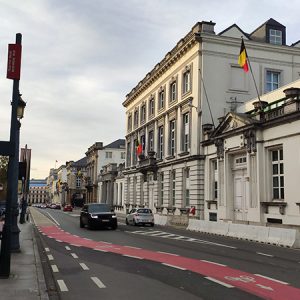
Brussels street scene (Belgium)
$ 30,00 Add to cart Quick Checkout -
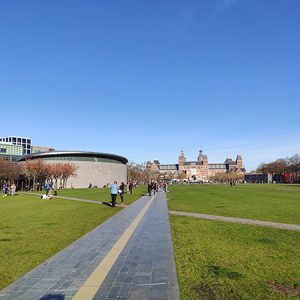
Spring Day at Museumplein, Amsterdam (Netherlands)
$ 30,00 Add to cart Quick Checkout -
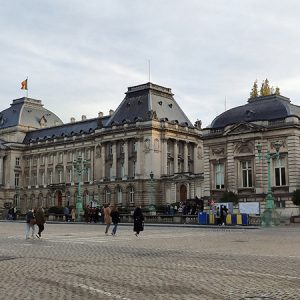
Royal Palace View, Brussels (Belgium)
$ 30,00 Add to cart Quick Checkout -
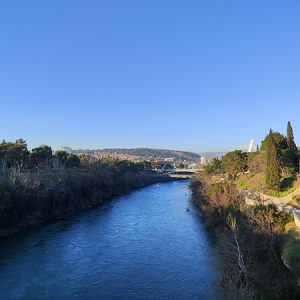
Morača River, Podgorica (Montenegro) #3
$ 30,00 Add to cart Quick Checkout
